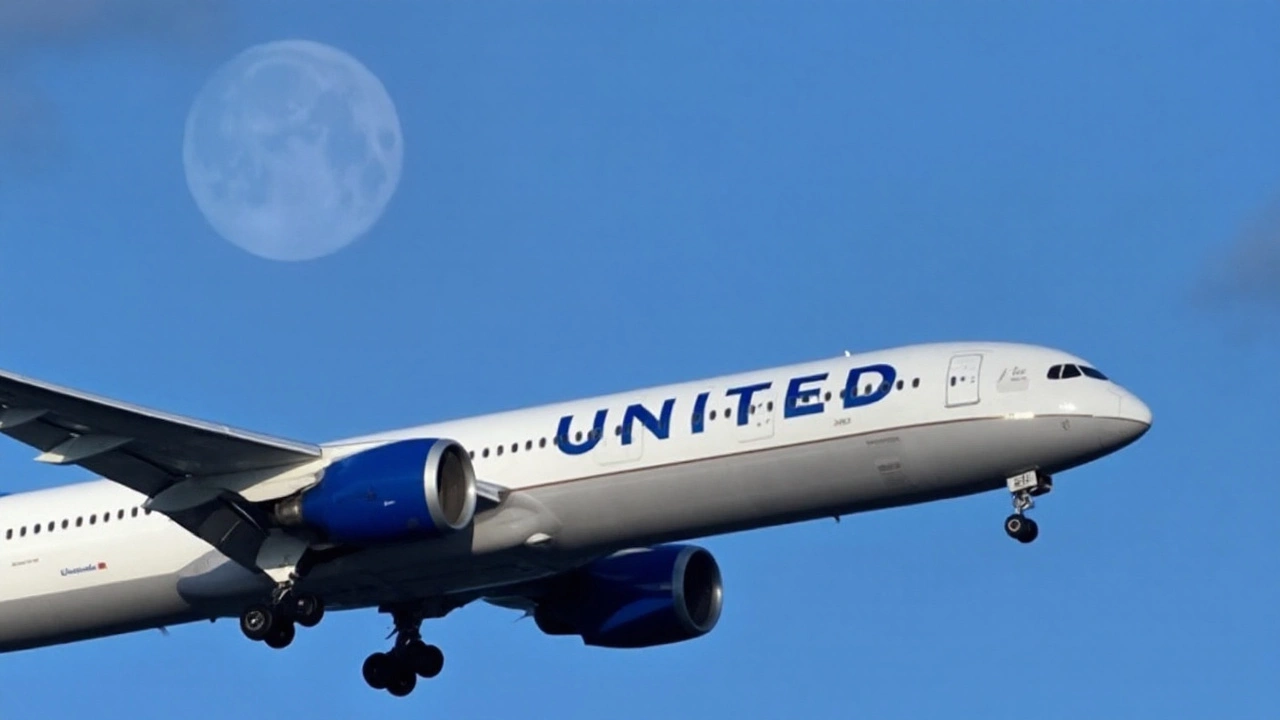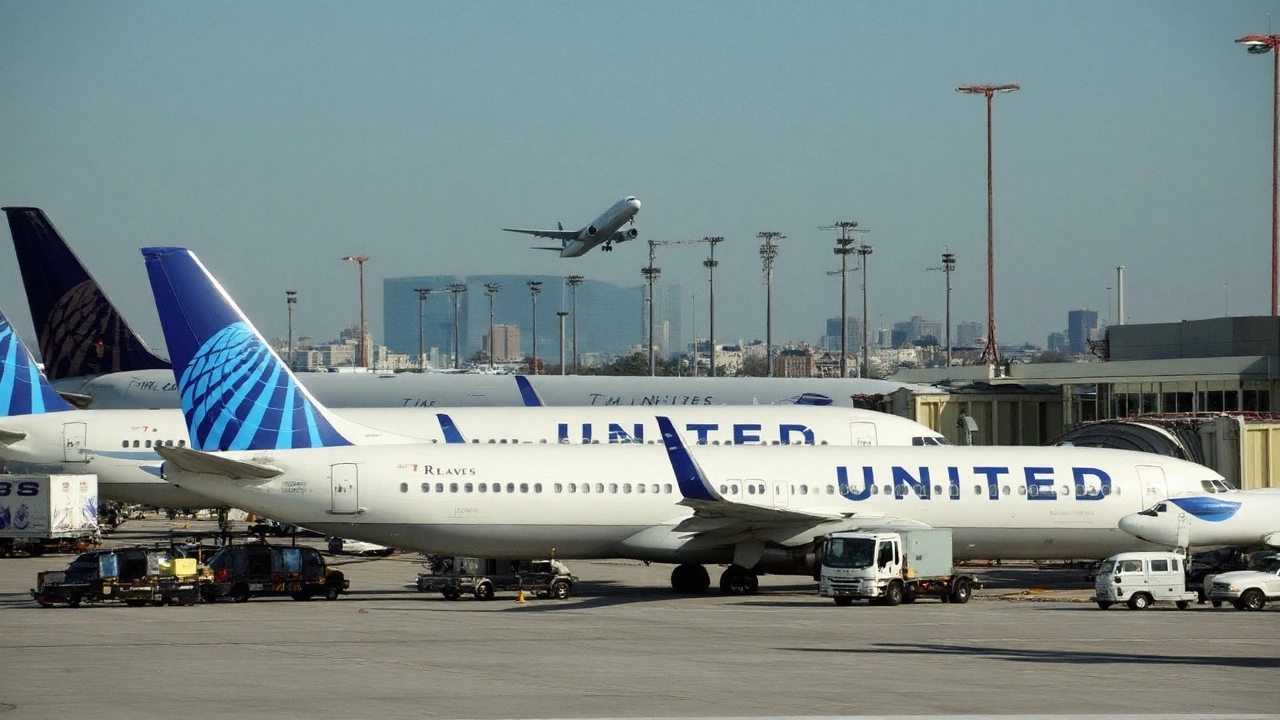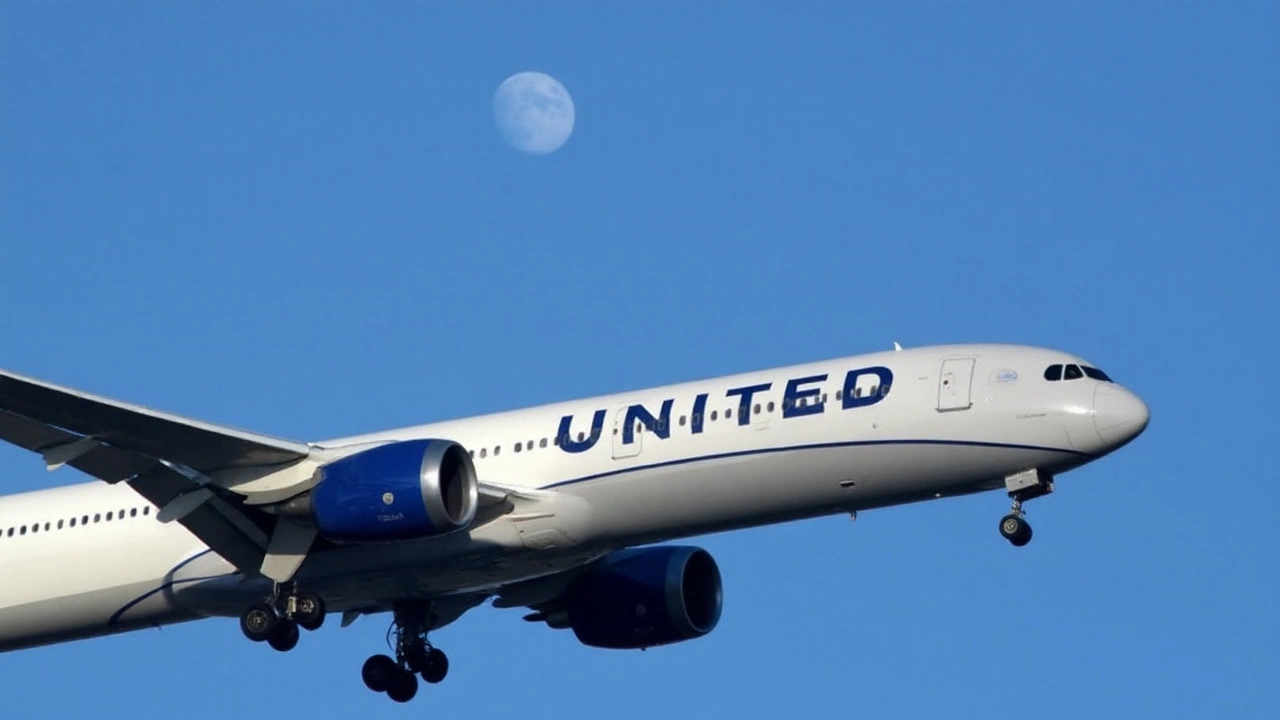United Airlines Flight 108 Forced to Turn Back After Engine Failure
If you happened to be near Washington Dulles International Airport on July 25, 2025, you might have caught wind of some serious drama in the skies. United Airlines Flight 108, a routine long-haul to Munich, turned into a high-alert situation when its left engine suddenly failed not long after takeoff. This was no minor hiccup—the pilot’s urgent ‘mayday’ call made it clear things had gotten real, fast.
The 12-year-old Boeing 787-8 Dreamliner, packed with 219 passengers and crew, was only a couple of minutes into its journey when the trouble started. As the plane climbed to about 5,000 feet, the left engine gave out. Right away, the cockpit crew called it in: ‘Engine failure, left engine, United 108 declaring an emergency. Mayday, mayday, mayday.’ That kind of message is like flipping a switch for air traffic controllers—suddenly, everyone’s attention is on getting that plane down safe and sound.
The next steps were textbook but tense. First off, controllers made sure no other planes were anywhere close. Then, with guidance from the ground, the Dreamliner started dumping fuel northwest of the airport—a necessary move, since you don’t want a heavy long-haul jet trying to land with full tanks. Passengers could probably feel the tension, circling above Virginia while updates trickled in from the cockpit. For two hours, the crew ran through checklists and lined up for a careful approach.

Emergency Procedures: What Happened Behind the Scenes?
By the time the plane touched back down at Dulles, emergency vehicles were already waiting alongside the runway. Nobody was hurt. The flight, however, wasn’t going anywhere that day. Passengers eventually disembarked and were given new options for reaching Europe, but the story wasn’t over for United—or for the FAA, which said it’s investigating ‘possible engine issues’ on the Dreamliner.
This wasn’t just a one-off scare. The airline industry is under the microscope after a deadly Air India crash in Ahmedabad a few months ago, involving the same type of aircraft—a Boeing 787—in a much worse scenario. That crash, caused by catastrophic engine failure shortly after takeoff, left more than 240 people dead and cast new doubts on the reliability of some *Boeing 787* engines. So when Flight 108 had to turn back, people were already nervous.
No mechanical incident in aviation happens in a vacuum. In these cases, the FAA picks apart everything: engine logs, maintenance history, even how the crew communicated with traffic controllers. Investigators want to know if this was a fluke or a warning sign. And with Boeing 787s already getting attention for technical issues, incidents like this stoke the fire for tougher rules around inspections—and for answers about what went wrong inside that left engine.
If you’re a regular flyer, stories like this can be unsettling. But it’s proof that emergency procedures, rigorous training, and strict oversight kick in exactly when needed. When something goes wrong, the combination of crew instincts and ground support can make all the difference between a story that ends with relief and one that ends in tragedy.


